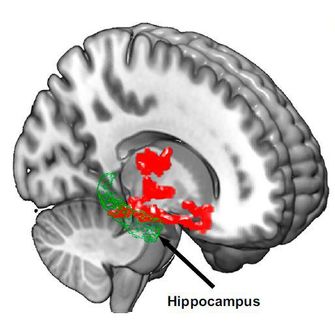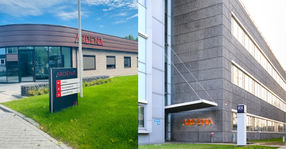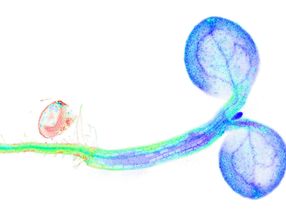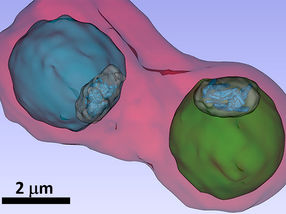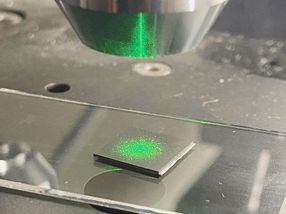Information technology awakens the sleep disorder diagnostic industry
Sales of ambulatory polysymnogram devices far outstrip sales of clinical devices
A large pool of undiagnosed patients and the growing population of the elderly in both Europe and North America point to a massive end-user market for sleep disorder diagnostics devices. The market is steadily drawing investors due to the visible tilt in preference from drugs to home care sleep tests that are more convenient and lack side effects.
New analysis from Frost & Sullivan US & European Market for Sleep Disorder Diagnostic Devices finds that the market earned revenue of $95.6 million in 2013 and estimates this to reach $125.8 million in 2017. The diagnostic devices covered in this research include clinical polysymnogram (PSG) and ambulatory PSG systems.
Information technology is playing an increasingly important role in the transformation of the sleep disorder treatment market. Disruptive technologies that are patient friendly, easy to operate and safe are finding considerable uptake among elderly patients considering their interest in alternatives to medications and traditional sleep disorder tests.
“There is a growing demand for devices that offer integration and connectivity in sleep centres and home settings,” said Frost & Sullivan Healthcare Research Analyst Akanksha Joshi. “In this environment, cloud-based services could very likely change the dynamics of the market.”
Another factor that could tip the balance in favour of home care devices is the limited availability of technicians, which leads to long waiting hours. The lower rate of specialized physicians also reduces the total number of tests being conducted, thus reducing the number of sleep centres present. Furthermore, the market is grappling with the issue of inadequate numbers of technically sound sales personnel, which lowers the number of units sold.
Despite these considerable challenges, participants can shore up their sales by addressing the specific needs of the elderly. Manufacturers are already collaborating with sleep centres, primary care physicians, and third-party companies that facilitate the renting of devices to satisfy market needs and build robust relations with customers.
“Vendors that offer self-help devices have the potential to erode the share of sleep centres that offer sleep tests, as self-help technology can decrease the number of visits to physicians and overnight stays in clinics,” noted Joshi. “Overall, a manufacturer that offers accurate data through real-time device connectivity involving the insurer and physicians as well as a precise predictive model for better patient outcomes will elicit greater interest in its product line.”
Most read news
Other news from the department business & finance

Get the analytics and lab tech industry in your inbox
By submitting this form you agree that LUMITOS AG will send you the newsletter(s) selected above by email. Your data will not be passed on to third parties. Your data will be stored and processed in accordance with our data protection regulations. LUMITOS may contact you by email for the purpose of advertising or market and opinion surveys. You can revoke your consent at any time without giving reasons to LUMITOS AG, Ernst-Augustin-Str. 2, 12489 Berlin, Germany or by e-mail at revoke@lumitos.com with effect for the future. In addition, each email contains a link to unsubscribe from the corresponding newsletter.
